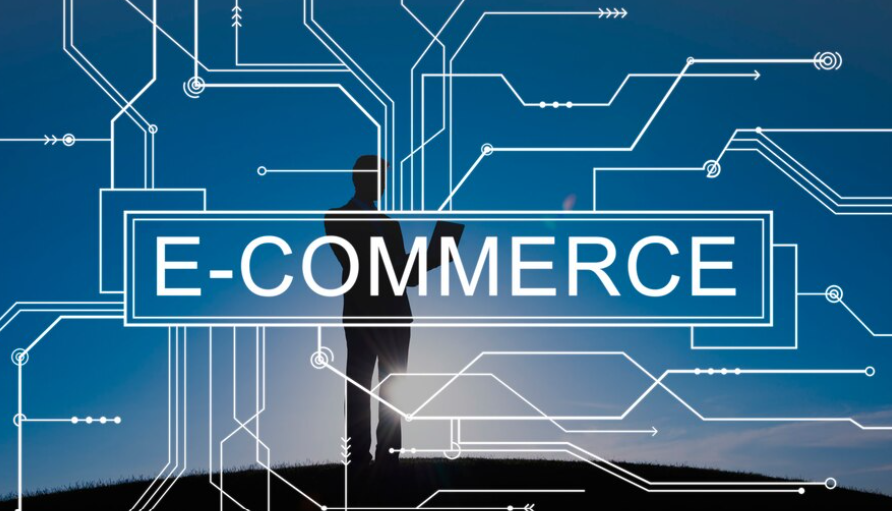In the dynamic world of eCommerce, where consumers increasingly rely on online platforms for their shopping needs, packaging design plays a pivotal role in driving sales success.
Beyond its traditional function of protecting products during transit, packaging serves as a powerful marketing tool that influences purchasing decisions and shapes brand perception.
In this article, we explore how businesses can optimize their packaging design to enhance eCommerce sales and foster customer loyalty.
1. Understand the eCommerce Landscape:
Before delving into packaging design strategies, it’s essential to have a solid understanding of the unique characteristics and challenges of eCommerce.
Unlike brick-and-mortar retail, eCommerce presents distinct considerations such as shipping logistics, dimensional weight pricing, and the absence of physical interaction with products.
By understanding these nuances, businesses can tailor their packaging design strategies to meet the specific needs and expectations of online shoppers.
2. Prioritize Product Protection:
While aesthetics are important, the primary function of packaging remains the protection of products during transit.
Damaged or broken items not only result in customer dissatisfaction but also incur additional costs for returns and replacements.
To optimize packaging design for eCommerce sales success, prioritize product protection by choosing durable materials, incorporating cushioning and padding where necessary, and ensuring secure closures to prevent damage during shipping.
3. Focus on Brand Identity and Differentiation:
In a crowded eCommerce marketplace, standing out from the competition is crucial for success. Packaging design offers a prime opportunity for brands to showcase their unique identity and differentiate themselves from competitors.
Incorporate brand elements such as logos, color schemes, and typography into packaging design to create a cohesive brand experience across all touchpoints.
Use innovative structural designs, custom finishes, and creative embellishments to make your packaging visually distinctive and memorable. If you find your packaging doesn’t match your identity—update your packaging now.
4. Optimize for Shipping Efficiency:
Efficient packaging not only reduces shipping costs but also minimizes environmental impact and enhances the customer experience.
Consider the dimensional weight of packages and choose packaging materials that are lightweight yet sturdy enough to protect products during transit.
Utilize packaging templates and design software to optimize package dimensions and reduce excess space, leading to lower shipping costs and fewer packaging materials used.
5. Incorporate Interactive Elements:
Incorporating interactive elements into packaging design can engage customers and create memorable unboxing experiences.
Consider adding QR codes that link to product tutorials or exclusive content, scannable promotions or loyalty rewards, or augmented reality experiences that bring products to life virtually.
These interactive elements not only add value for customers but also foster brand engagement and encourage social sharing, leading to increased brand visibility and word-of-mouth referrals.
6. Personalize the Customer Experience:
Personalization is key to building strong customer relationships and driving repeat purchases in eCommerce.
Leverage data and insights gathered from customer interactions to personalize packaging design elements such as handwritten notes, customized packaging inserts, or personalized product recommendations based on past purchase history.
By making customers feel valued and appreciated, businesses can create memorable experiences that drive brand loyalty and advocacy.
7. Emphasize Sustainability:
Sustainability is becoming increasingly important to today’s environmentally conscious consumers.
Optimize your packaging for sustainability by choosing eco-friendly materials, minimizing packaging waste, and incorporating recyclable or biodegradable elements wherever possible.
Clearly communicate your brand’s commitment to sustainability through packaging design and messaging, appealing to environmentally conscious shoppers and differentiating your brand in the marketplace.
8. Solicit Customer Feedback and Iterate:
Finally, continuously gather feedback from customers regarding their packaging experience and use this insight to iterate and improve packaging design strategies.
Implementing feedback loops, such as post-purchase surveys or reviews, allows businesses to identify areas for improvement and make iterative changes to packaging design based on customer preferences and pain points.
By prioritizing customer feedback, businesses can ensure that their packaging design evolves to meet the changing needs and expectations of their target audience.
Conclusion
In conclusion, optimizing packaging design for eCommerce sales success requires a strategic approach that balances functional requirements with branding objectives and customer preferences.
By prioritizing product protection, brand identity, shipping efficiency, interactivity, personalization, sustainability, and customer feedback, businesses can create packaging solutions that not only enhance the customer experience but also drive sales, foster brand loyalty, and differentiate themselves in the competitive eCommerce landscape.
